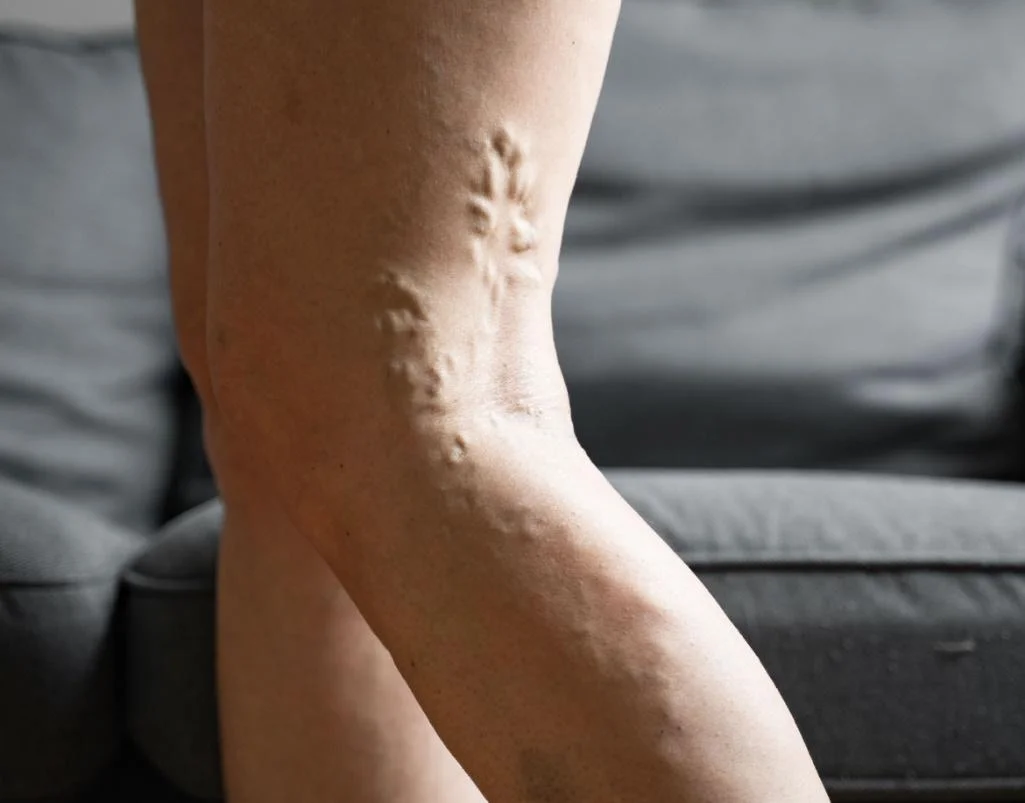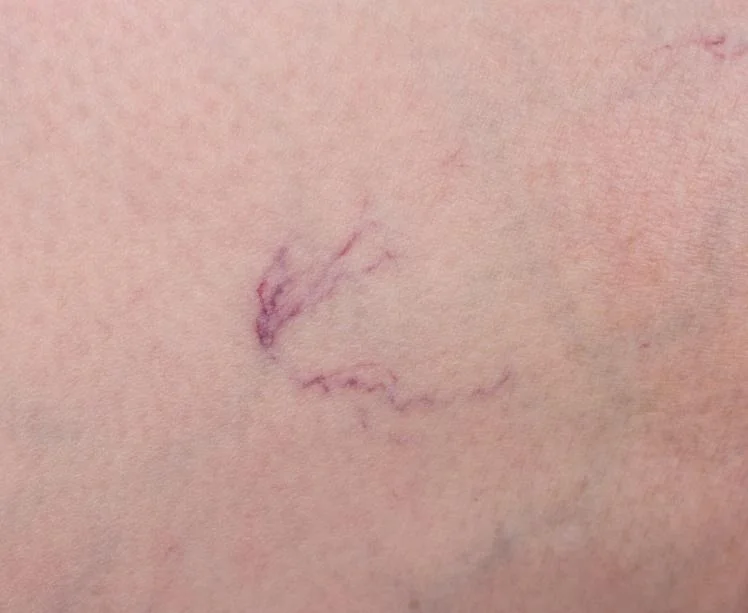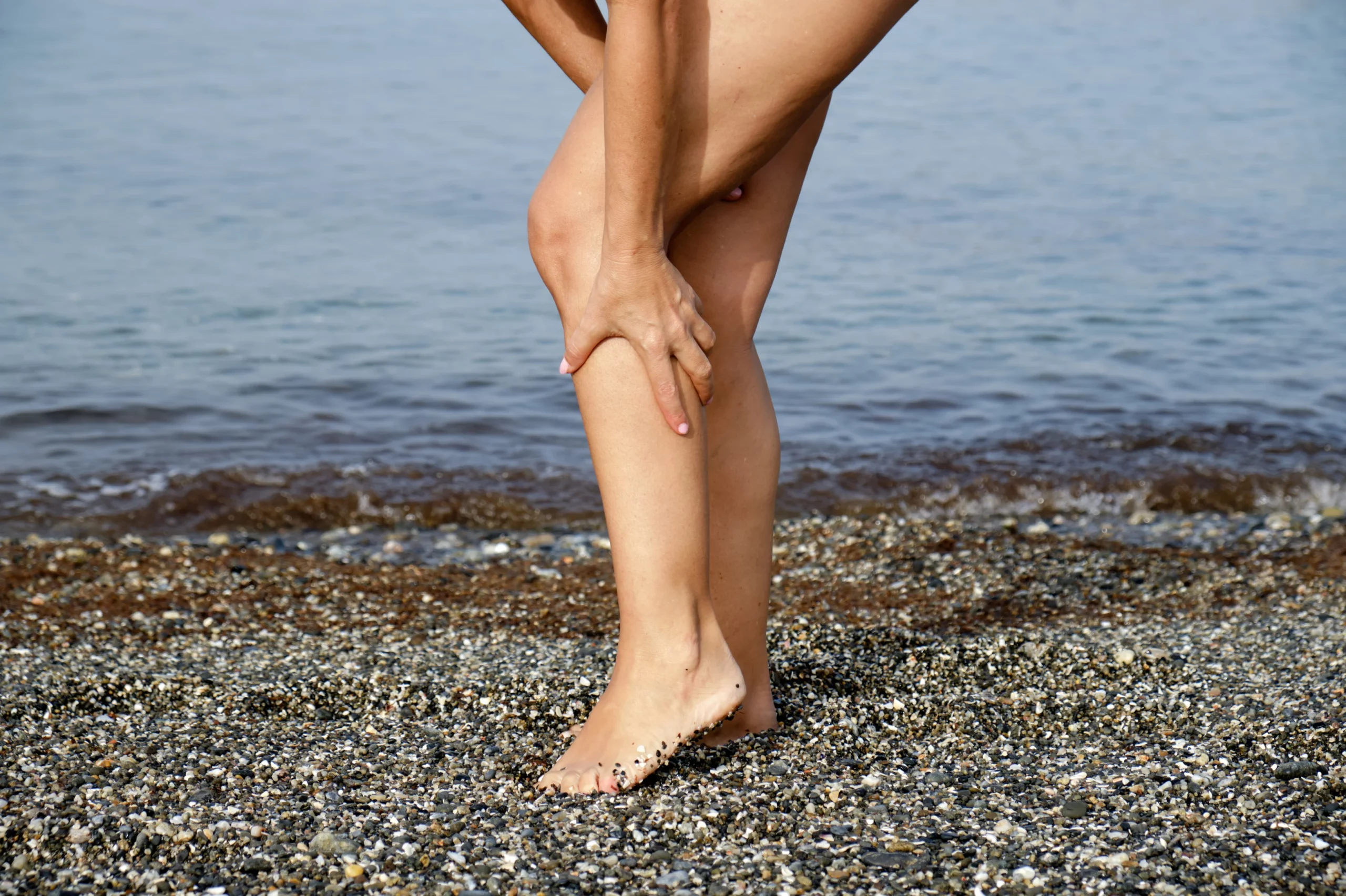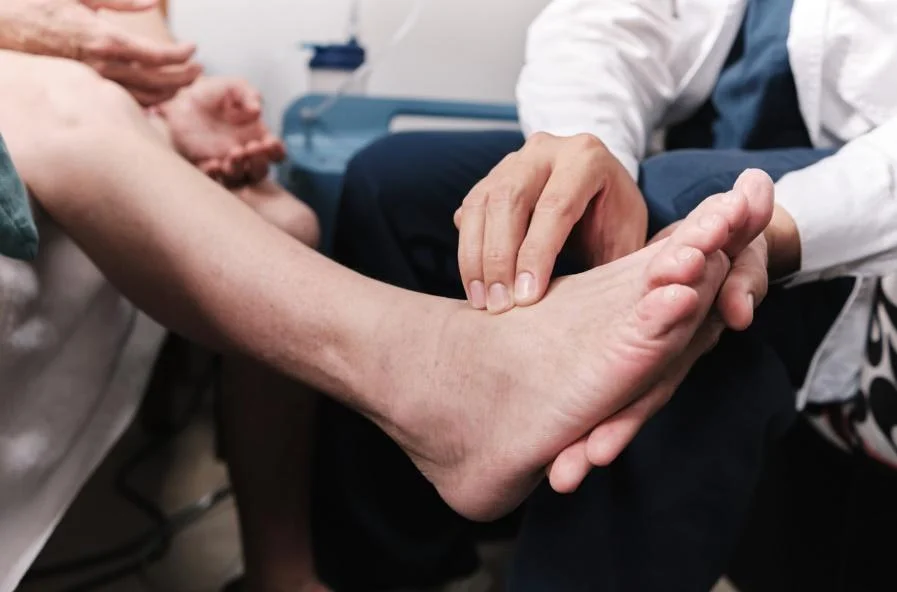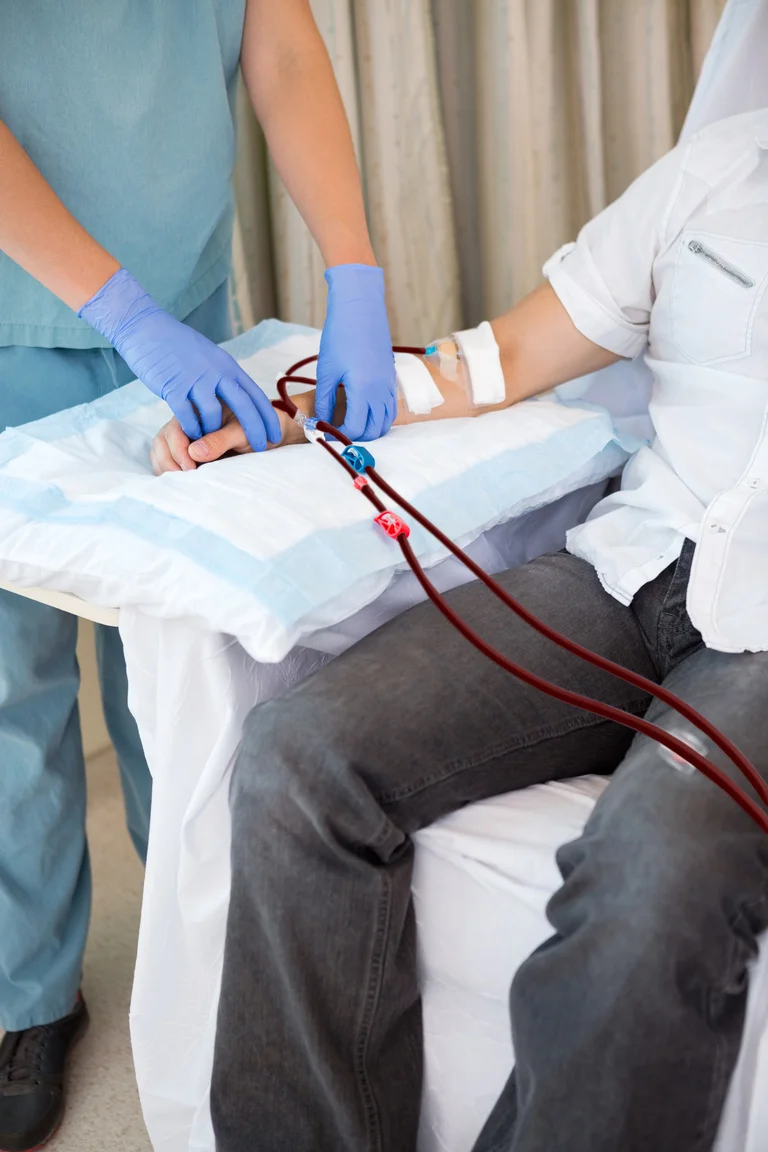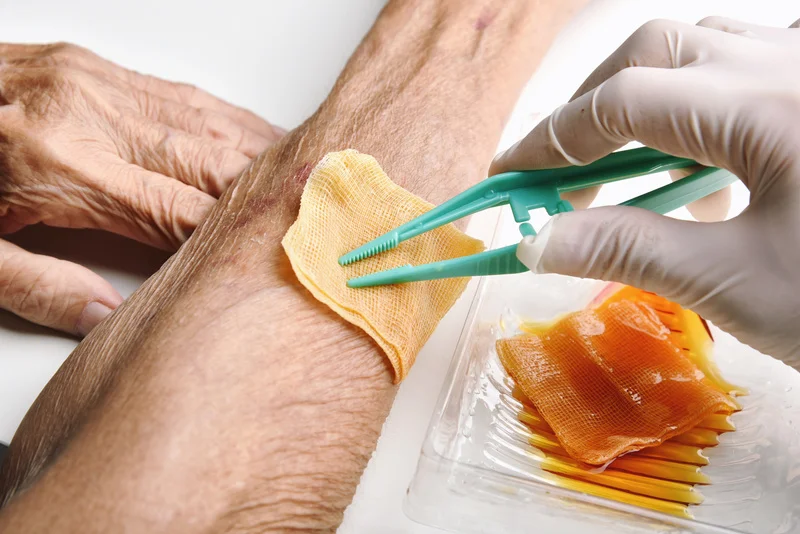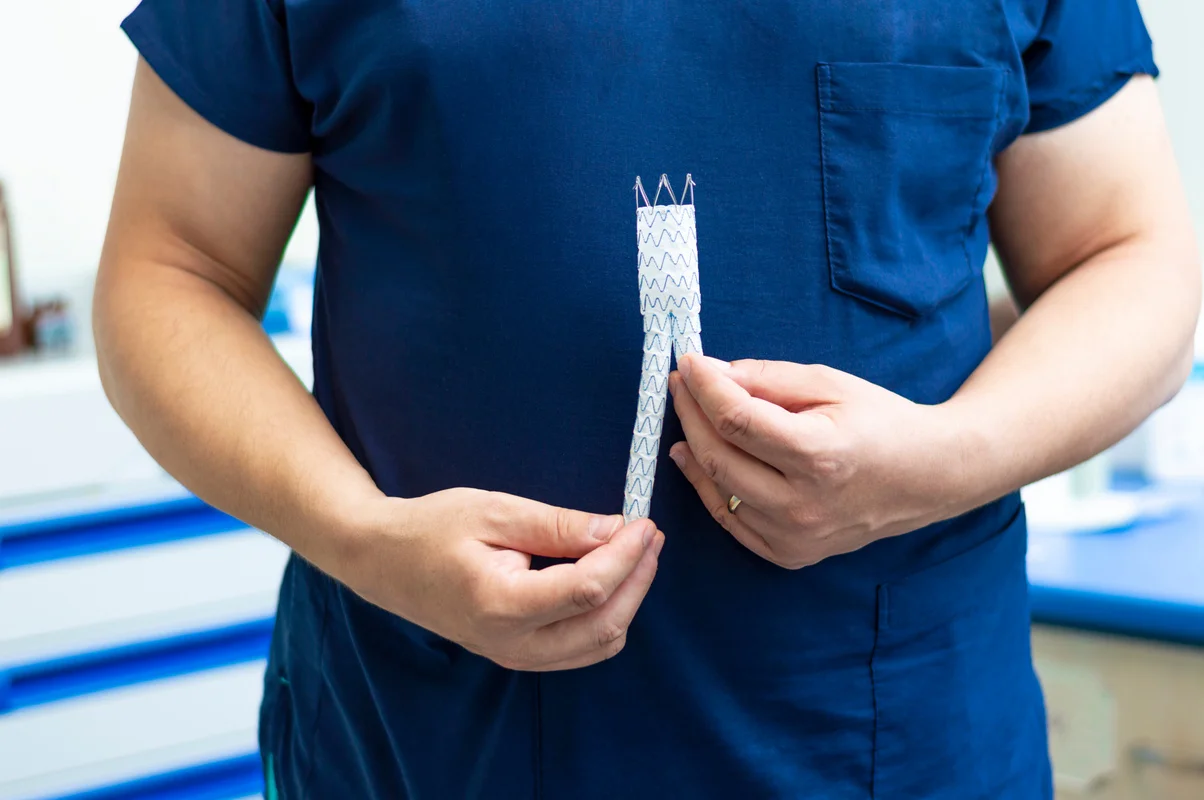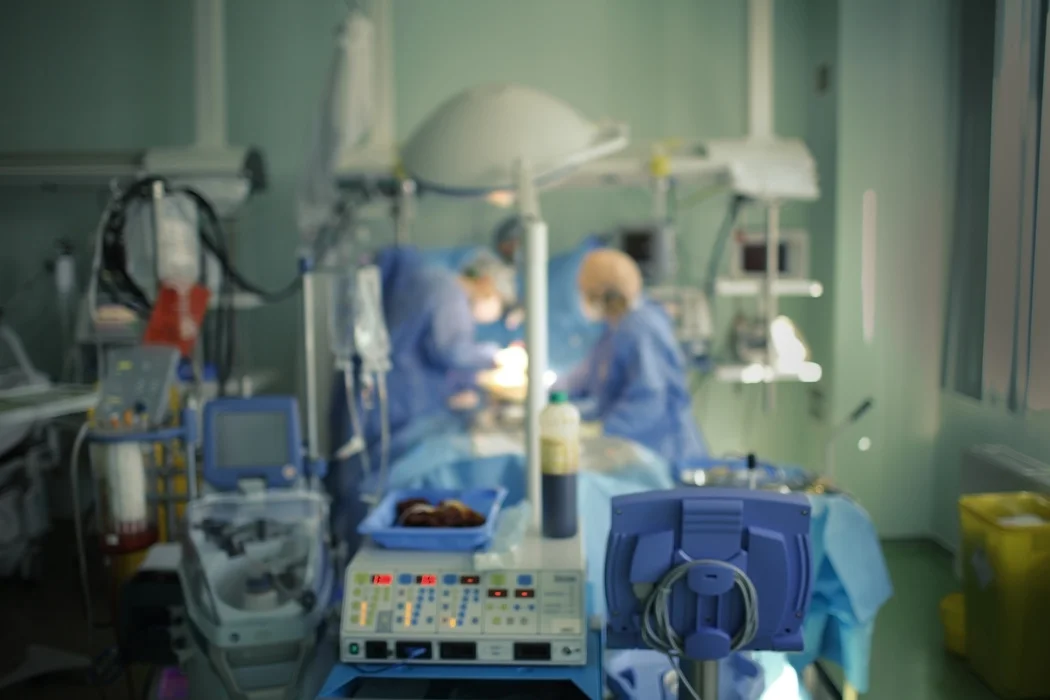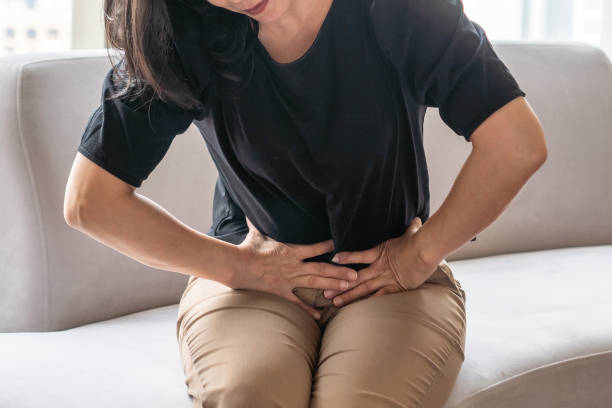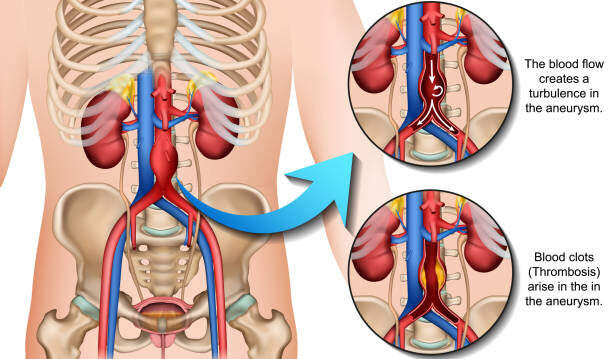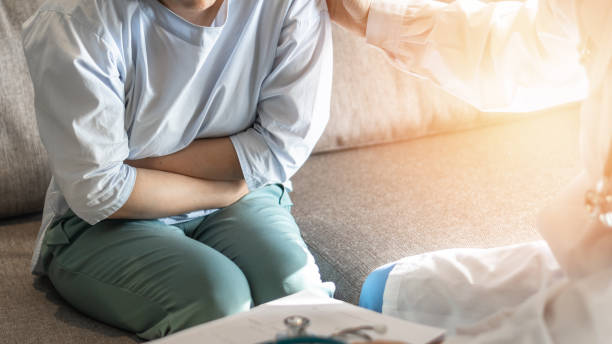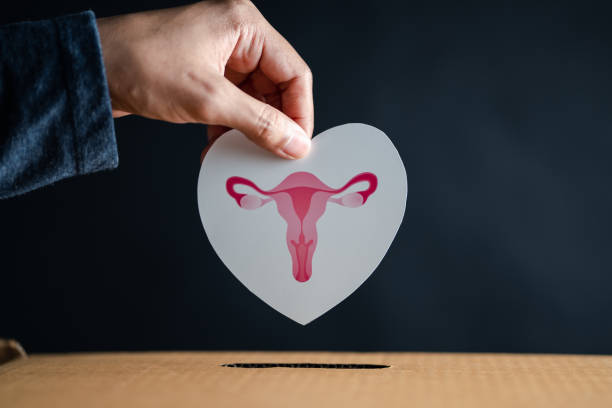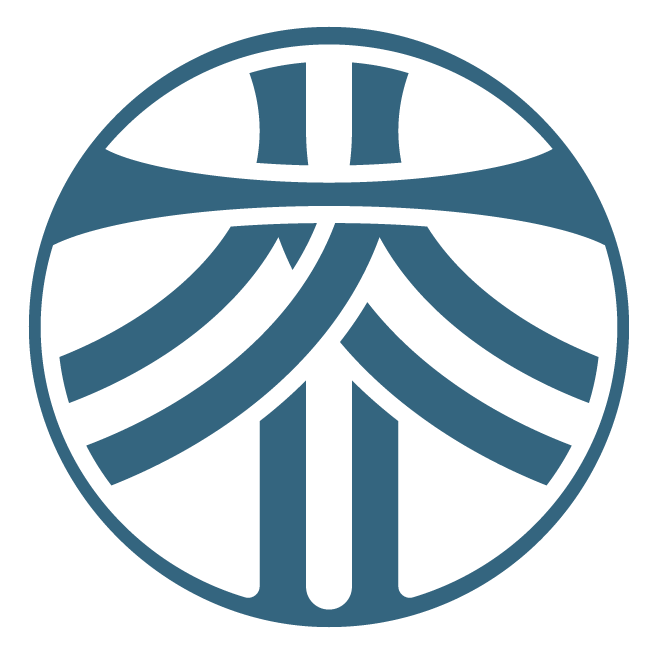Varicose veins can be managed with everything from lifestyle changes to minimally invasive procedures. In Singapore, treatment options include compression stockings, sclerotherapy, and more advanced techniques like radiofrequency ablation (RFA). The most suitable approach depends on how your veins look, how they feel, and whether there’s any underlying venous reflux.
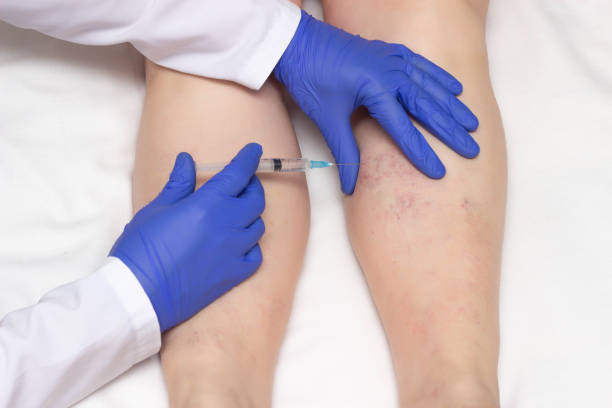
Understanding Varicose Veins
Varicose veins are enlarged, twisted veins that often appear on the legs. They’re more than just a cosmetic concern. Left untreated, they can lead to symptoms like heaviness, aching, swelling, and even skin changes over time.
They’re usually caused by weak or faulty valves in the veins. These valves are meant to keep blood flowing in one direction, back to the heart. When they don’t work properly, blood can pool in the vein, leading to increased pressure and visible bulging.
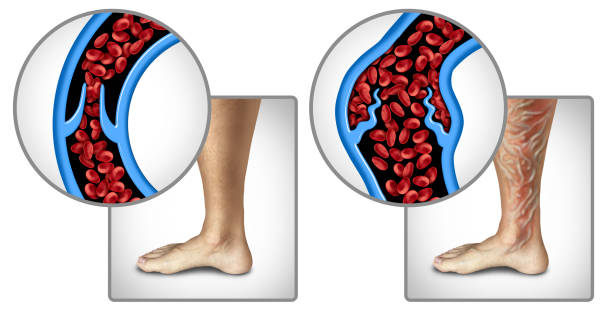
How to Treat Varicose Veins
There are several effective varicose vein treatment options available in Singapore, ranging from conservative care to minimally invasive procedures. The right treatment depends on your symptoms, the size and location of your veins, and whether there’s deeper venous disease involved.
1. Lifestyle Changes and Compression Stockings
For milder cases, or if you’re not ready for a procedure, conservative management can still offer relief:
- Compression stockings help improve blood flow and reduce swelling.
- Elevating your legs encourages blood to drain more effectively.
- Staying active with walking or light exercise improves circulation.
- It also helps to avoid standing or sitting for long stretches when possible.
While these methods won’t eliminate varicose veins, they can reduce discomfort and help slow progression.
2. Sclerotherapy
Sclerotherapy is commonly used for smaller reticular or spider veins. A solution is injected into the affected vein, causing it to collapse and gradually fade. The procedure is done in the clinic and doesn’t require downtime.
- Best for small sized veins or cosmetic improvement
- Pain level is minimal, often described as a light sting
- Results appear gradually over weeks and may require repeat sessions (up to 2-3 sessions, depending on how extensive the veins are)
3. Endovenous Thermal Ablation (Radiofrequency Ablation)
For larger veins with underlying reflux, thermal ablation is often the go-to treatment in Singapore. A thin catheter is inserted into the vein, and heat is used to seal it shut from the inside.
- Suitable for significant truncal veins with faulty valves (eg. long saphenous vein), which in turn causes blood to reflux into the varicose veins.
- Typically done under light general anaesthesia or local anaesthesia with sedation
- Most patients return to normal activities within a few days
- Long-term results are excellent, with high closure rates
4. Phlebectomy (Micro-Extraction of Veins)
Phlebectomy involves making tiny incisions to remove visible surface veins. It’s usually done in combination with other procedures, such as radiofrequency ablation.
- Ideal for bulging veins close to the skin that aren’t suitable for injection sclerotherapy
- Mild bruising and swelling is expected, usually managed with compression stockings. Bruising resolves in a few weeks.
5. Ultrasound-Guided Foam Sclerotherapy
This method is helpful for treating deeper veins that aren’t visible on the surface. Foam is injected under ultrasound guidance to ensure accurate delivery.
- Often used for recurrent veins or when other procedures aren’t ideal
- Foam spreads well inside larger or tortuous veins, making it especially effective in complex cases
Where Can You Get Varicose Vein Treatment in Singapore?
In Singapore, varicose vein treatment is typically performed by vascular surgeons trained in minimally invasive vein procedures. Most treatments are offered in outpatient settings or day surgery centres. Before any treatment, you’ll usually undergo an ultrasound scan to map the affected veins and assess the underlying cause.
If you’re not sure what you need, a consultation is the best starting point. Whether you’re dealing with tired, achy legs at the end of the day or veins that are becoming more prominent, there’s likely a safe and effective solution available.
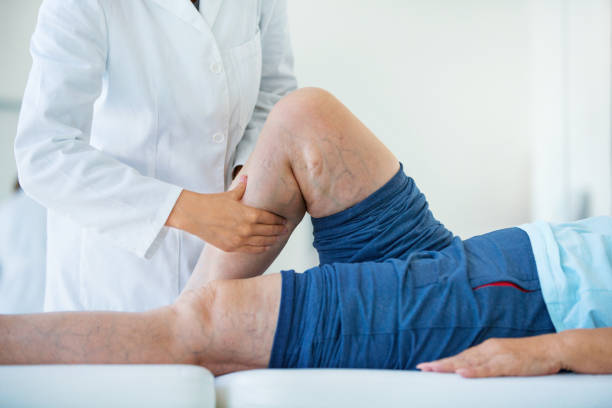
Final Thoughts
There isn’t a one-size-fits-all answer when it comes to treating varicose veins. The good news is that in Singapore, you have access to a wide range of treatment options. From conservative measures like compression therapy to walk-in, walk-out procedures such as radiofrequency ablation, care can be tailored to suit your individual needs.
Whether you’re seeking relief from daily discomfort or aiming to improve the appearance of your legs, a proper evaluation is the first step in making an informed decision.
If you’re exploring treatment options, Dr. Darryl Lim is a vascular surgeon in Singapore with a special interest in vein conditions. His clinic offers a full range of diagnostic and treatment services, with a focus on comfort, safety, and personalised care.
Struggling with Varicose Veins?
Explore safe and effective treatment options with Dr. Darryl Lim.
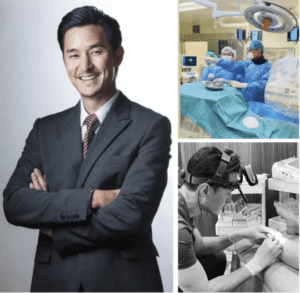
FAQ
What is the most effective varicose vein treatment in Singapore?
For varicose veins associated with underlying truncal venous reflux, radiofrequency ablation (in conjunction with sclerotherapy or phlebectomies) is an effective option. For smaller spider or reticular veins, sclerotherapy is a good option.
Is varicose vein treatment covered by insurance?
If the treatment is considered medically necessary, it is usually claimable under insurance. Coverage can vary depending on your specific plan, so it’s best to check directly with your provider to understand what’s included and whether any referral or pre-authorisation is needed.
How long is recovery after varicose vein treatment?
Recovery depends on the type of treatment, but most patients are back to daily routines within a day or two.
